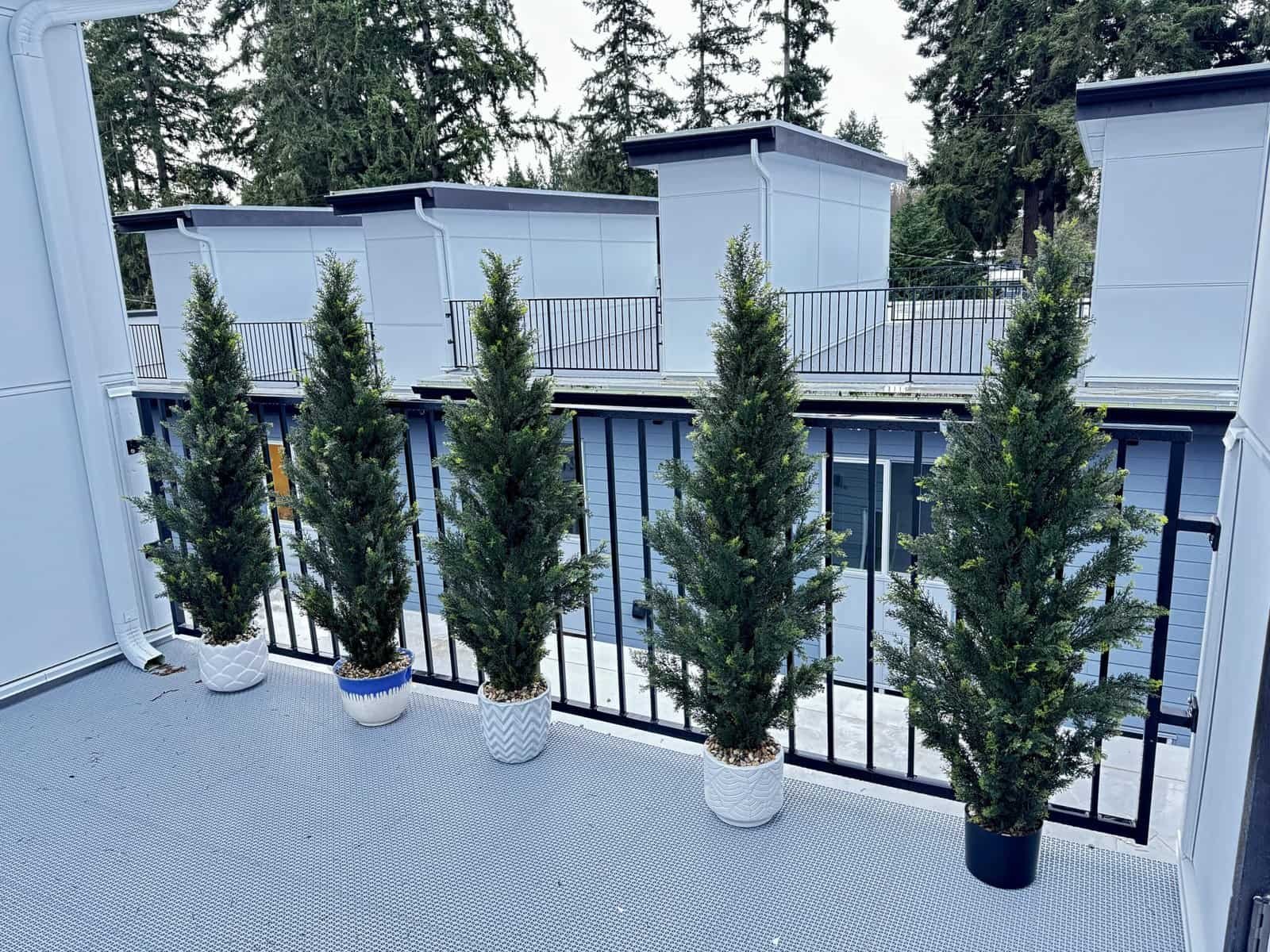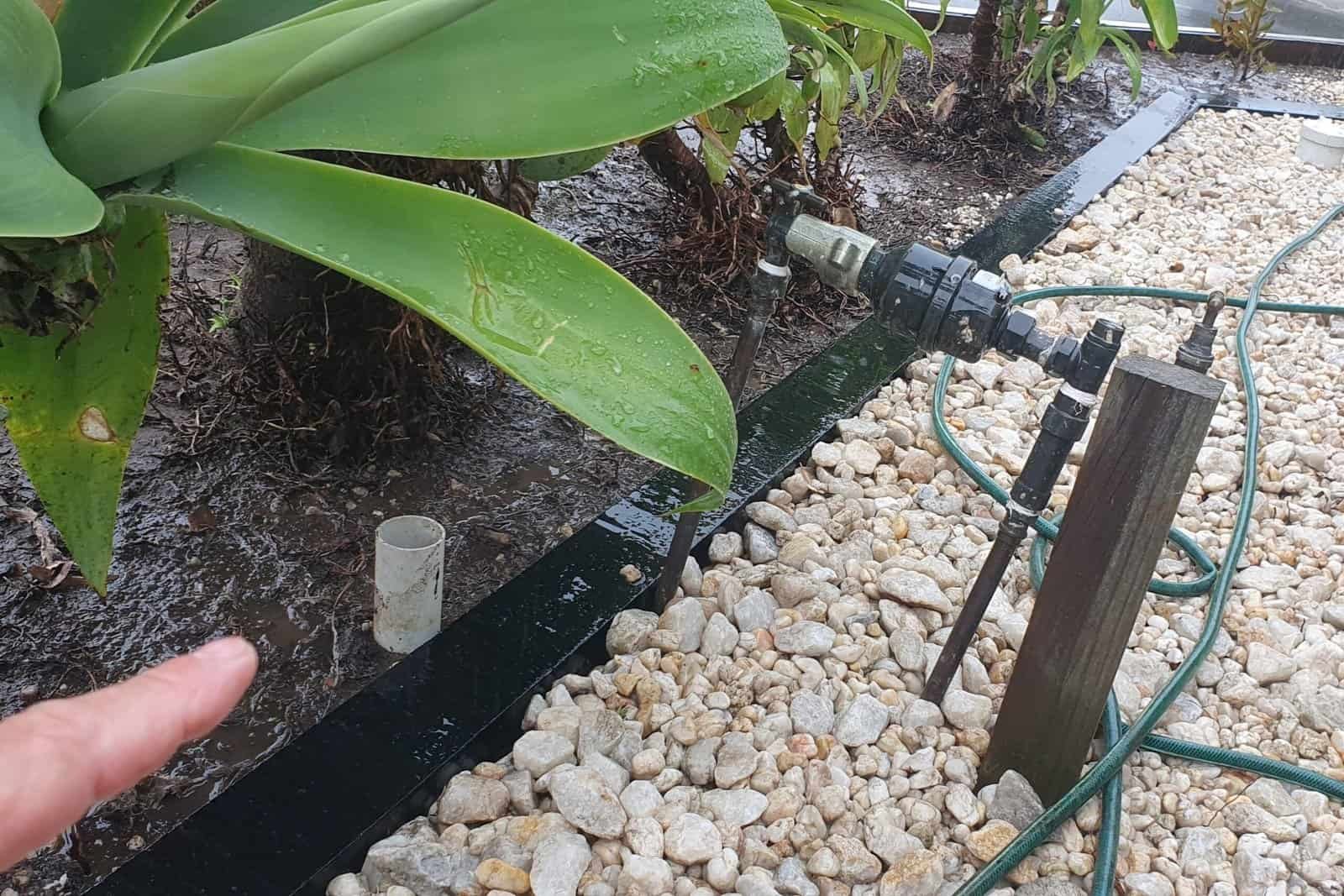Hydrangeas are beautiful but can wilt quickly after cutting. Cutting them the right way helps keep them fresh longer. This guide shares easy steps to extend their vase life and enjoy their beauty for days.
Keep reading for helpful tips!
Contents
Preparation for Cutting Hydrangea Blooms
Healthy plants produce the best blooms. Start with proper watering and focus on keeping the plant strong.
Ensure plant is well-hydrated
Hydrangeas need deep watering at their roots the evening before cutting. This helps them stay hydrated. Well-watered plants produce blooms that last longer in a vase.
Dry soil weakens flowers and shortens their life after cutting. Focus on soaking the base of the shrub, not just surface spraying. This prevents diseases and boosts plant health for strong, fresh blooms.
Water at root level to prevent fungal diseases
Watering at the roots keeps leaves dry and prevents fungal issues. Overhead watering spreads disease, especially in humid conditions.
Applying water to the soil supports plant health and strengthens the root system. This method ensures consistent soil moisture without harming blooms or foliage. Proper hydration before cutting improves bloom quality and lifespan.
Cutting Process for Hydrangea Blooms
Cut hydrangeas early in the day for the best results. Choose blooms that are fully open and mature to ensure a longer vase life.

Cut blooms early morning
Early morning is the best time to cut hydrangea blooms. Cooler temperatures reduce heat stress on the plant. This helps keep stems fresh and full of moisture.
Cutting during this cooler part of the day locks in hydration. Hydrated blooms stay healthy longer, extending their vase life.
Select fully open, mature blooms
Choose hydrangea blooms that are fully open and mature. Immature flowers or freshly blooming ones wilt faster in a vase. Mature blooms last longer because they are stronger and more developed.
Cutting these sturdy flowers ensures better postharvest care. Their resilience helps them survive pruning techniques and stay vibrant during floral arrangements. Always aim for the best stage of blooming to extend vase life.
Make angled cut above a node and remove leaves
Cut the stem at an angle above a node to help it absorb water better. This angled cut increases the surface area for water intake, keeping blooms hydrated longer.
Remove all leaves from the stem after cutting. Leaves cause extra water loss through evaporation and can make the bloom wilt faster. Fewer leaves also reduce bacteria in vase water, helping flowers stay fresh.
Make a vertical split on the stem for water intake
After removing the leaves and making an angled cut, a vertical split is key. Slice the stem upward a few inches to improve water absorption. This small step boosts hydration and keeps blooms fresh longer.
The split helps more water reach the flower heads quickly. Without it, stems may struggle to absorb enough moisture. Using this cutting technique ensures lasting beauty for your hydrangeas in any vase.
Immediate After-Care for Hydrangea Blooms
Place the stems in warm water with floral food and let them rest in a cool spot to stay fresh—keep reading for more tips!

Place stems in tepid water with floral food
Cut hydrangea stems need quick care after cutting. Put them in tepid water right away. Use floral life crystal clear flower food for better bloom preservation. Add 4 teaspoons of the food to every gallon of water.
Store-bought flower food packets work too. Follow the printed instructions on the packet for proper mixing amounts. The right nutrients and water temperature help keep blooms fresh longer.
Conditioning in a cool area for 24 hours
Place hydrangea stems in a cool spot for 24 hours. This helps rehydrate them fully and keeps the blooms fresh. A few hours can work too if time is short, but longer conditioning gives better results.
The cool air slows water loss, stabilizing the flowers.
Ensure the area is shaded and away from heat or direct sunlight. This step refreshes cut hydrangeas and prepares them for display. It also improves preservation by reducing stress on the blooms during storage or arrangement later.
Reviving Wilted Hydrangea Blooms
Reviving Wilted Hydrangea Blooms: Try simple tricks to bring back droopy blooms—read on for easy methods!

Boiling Water Method
Place an inch of boiling water in a vase. Recut the stem at an angle before putting it into the hot water. This helps remove air bubbles and allows better water intake.
Leave the bloom in the vase as the water cools to room temperature. The hydrangea will start rehydrating during this time, regaining its strength.
Water Bath Method
Submerge the entire bloom and stem in a large basin of water for 30 minutes. Make sure the bloom is fully covered to allow proper hydration.
After taking it out, let the bloom air dry naturally. It often perks up within a few hours, looking fresh and lively again. Moving forward, follow additional steps to maintain the arrangement.
Additional Steps for Arrangement
Recut the stems, dip them in alum powder, and see the blooms shine brighter—there’s more to learn!
Recut stems and dip into alum powder
Cut the stems again to help water flow better. Use sharp shears for a clean cut. This keeps the blooms fresh longer by improving hydration.
Dip each freshly cut stem into alum powder right after cutting. Alum boosts water absorption in the stems and helps prevent wilting. Continue with arranging your flowers for the vase display next!
Care in Vase for Hydrangea Blooms
Keep the vase in a cool spot, away from heat or sunlight. Change the water often to keep blooms fresh and healthy.
Keep in a cool room away from direct sunlight
Hydrangea blooms last longer in cool rooms. Heat speeds up bloom deterioration, so avoid placing vases near heaters or warm spots. Cooler environments help flowers stay fresh and vibrant.
Direct sunlight causes wilting and can dry out petals quickly. For better flower preservation, place arrangements away from windows with strong light. This protects their freshness and extends vase care time.
Change water every few days and give stems a fresh cut
Avoid placing blooms in direct sunlight, but also focus on water care. Switch out the water every few days to keep bacteria from building up. Dirty water can harm flowers and shorten their vase life.
Cut the stems again during each water change. Trim about half an inch at an angle for better absorption. Fresh cuts help hydrangeas drink more and stay hydrated longer, keeping them fresh in your arrangement.
Conclusion
Getting long vase life from hydrangeas is easy with the right steps. Start by choosing mature blooms and cutting them early in the day. Prepare stems carefully to help them absorb water better.
Keep flowers cool, change water often, and give fresh cuts as needed. With proper care, your blooms will stay beautiful for days!
FAQs
1. How can I keep cut hydrangea blooms fresh for the longest time?
Start by cutting the stems at an angle with sharp scissors. Remove leaves below the waterline, and place them in cool, clean water immediately. Change the water daily to prevent bacteria buildup.
2. Should I use warm or cold water for hydrangeas?
Use room-temperature or lukewarm water when placing cut hydrangeas in a vase. Coldwater shocks the flowers, while warm helps them absorb moisture better.
3. What is the best way to prepare hydrangea stems before putting them in a vase?
Cut 1-2 inches off each stem at an angle and lightly crush their base with a hammer or knife handle. This helps improve water absorption for longer-lasting blooms.
4. Are there any tricks to revive drooping hydrangeas?
Yes! Submerge wilted blooms (head and all) in cool water for about 30 minutes, then trim their stems again before placing them back into fresh vase water.





